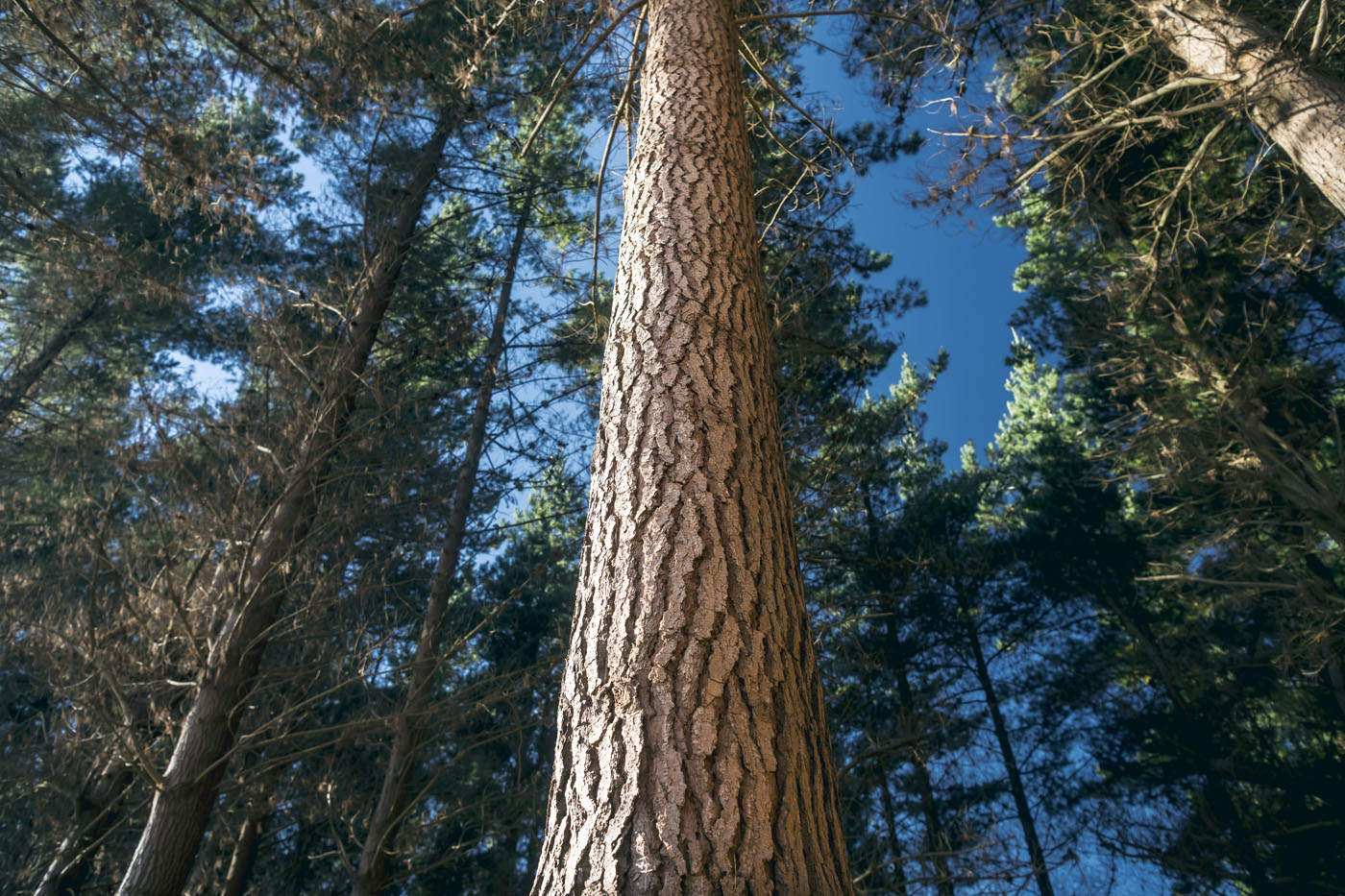
Harvesting climate benefits of forestry
Forest360’s Managing Director, Dan Gaddum
Everyone has a responsibility to play a part in responding to climate change, though traditional land use models arguably have repatriated scarce environmental capital from the country to some private landowners.
This needs to be re-thought.
New Zealand has huge areas of unproductive land. The challenge to landowners is to start to think about how best to utilise this land to regenerate the environment and with it reap the social, economic and environmental benefits.
Some context on forestry and climate change policy could be useful at this point.
International concern about global warming as a result of human activity led to New Zealand signing the Kyoto Protocol in 1997, committing the country to reducing its net greenhouse emissions to 1990 levels by 2012. New Zealand has chosen to introduce an emissions trading scheme to manage its Kyoto commitments. The ETS essentially puts a price on the emission of greenhouse gases.
New Zealand’s rapidly growing plantation forests are estimated to sequester (absorb) 25 million tonnes of CO2 from the atmosphere each year, so forestry has a major role in helping the country meet its Kyoto commitments. Incidentally, forestry was the first sector to enter the ETS, in January 2008.
Carbon sequestration is a process by which carbon dioxide is absorbed during photosynthesis, and is stored as carbon in biomass, like trunks, branches, foliage, and roots. Forest carbon stocks through growth and sequestration will reach a maximum level over time and are eventually offset by carbon losses through harvesting, thinning, and natural decay.
Nevertheless, as the Ministry for Primary Industries notes, not only do we depend on forests to regulate the climate, we depend on them to clean our water and our air and help manage erosion. Our forests sustain many different species of plants and animals, including many that are found only here in New Zealand.
Forests are a carbon sink because they absorb carbon dioxide as they grow and store it in their roots, leaves, branches, and trunks. This reduces the amount of greenhouse gases released into the atmosphere and helps mitigate climate change. The world is becoming increasingly concerned with protecting the place we live in. We need to move out of a sustainability mindset and move to a regenerative mindset. Forestry has a critical role to play in this space.
